The excitement surged as we read Stephanie Lareau's email outlining the format change for this year’s Virginia Wilderness Medicine Elective. The promise of an "expedition style" course hinted at an immersive, hands-on experience deep in nature's classroom. Yet, amid our excitement, a question loomed: What would this change entail? Little did we know, the journey ahead would surpass expectations, enriching our understanding of wilderness medicine and reshaping our perspectives on in-hospital medicine and life itself.
Arriving at a driveway full of Subarus overlooking Smith Mountain Lake, we knew we had found the right place. Welcomed by fellow students, including one who traveled all the way from Denmark, we bonded over a welcome dinner. The following morning, we delved into wilderness basics: patient assessment, splinting, orthopedics, and bleeding control. Our competitive spirits emerged during an orienteering race, showcasing our newfound skills in land navigation. The race, though challenging, ended in camaraderie and shared laughter.
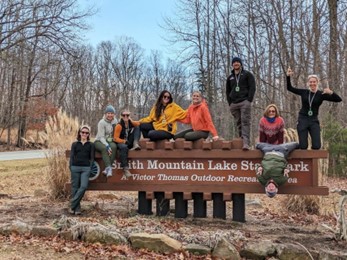
Photo 1: the finish of our orienteering race! (creds: Park Ranger)
Over the next week we dove into our “Water Module,” where our lecture days covered everything from water purification/waterborne illness, to hyponatremia, to dive medicine. We discovered iodine doesn’t taste terrible, and augmentin and doxycycline became our best friends when going through antibiotic scenarios in the backcountry. Our favorite days, however, were the ones we spent in nature's classroom - where we mastered sailing medicine, swiftwater rescue, and explored the unique challenges of caving rescue (yes, there is water in caves too!).
Our sailing medicine day began with lectures on the basics of sailing, sea sickness, and medical supplies to bring on a marine expedition. After quickly grilling up some hotdogs, we split into two groups - one who went out sailing and the other who took the raft out for an intro to raft guiding. When we returned to shore after switching roles, our dry suits for the next day had arrived. A spontaneous swim in the lake tested our newly acquired techniques, concluding with s'mores by the fire and storytelling under the stars.
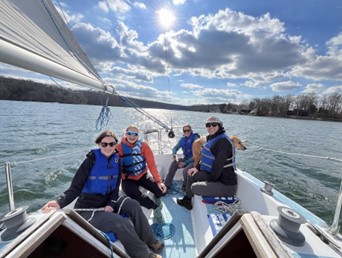
Photo 2: Dr. Laureau showing us the art of jibing (Creds: Sam Vetter)
Medicine in extreme environments requires lots of gear, and swift water rescue is no exception. This day started at the James River, where we schlepped our dry suits, helmets, lifejackets, throwlines, and coolers to the inlet and jumped in our rafts without hesitation. Our cohesive paddling practice on the lake was now vital to ensure we did not hit a rock in the currents and flip over, or more likely get stuck and have to deal with the repercussions. Soon enough, we were thrust into the chaotic dance of swift water rescue, acting as first responders to simulate a rescue which had played out in real life the previous summer. We made a triangle formation, following the leader who would wedge their paddle between the rocks as an anchor, and inched our way into increasingly strong currents. While we had hopes of making it to a hypothetical patient on an island boulder, repeated attempts and different configurations of rescuers, all but one of us ultimately gave out and had to swim back to shore. It was a stark realization that some elements of nature not only limit your ability to provide care - but even your ability to make it to the area of the patient.
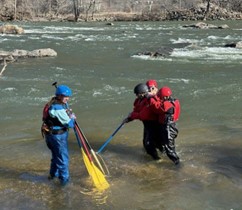
Photo 3: Swift Water Rescue Day on the James River (Creds: Stew McKean)
Cave Rescue was one of the most anticipated modules in our Wilderness Medicine elective and it was going to be a first for all of us students. While we were reminded many times over to bring back-up lights, we were largely (pun intended) in the dark about the specifics of what was going to take place. We decided to focus on navigation skills which was ultimately humbling, as we got lost. After hours of maneuvering across crevasses, inching on our glutes down muddy rock slides, and climbing up narrow passages in search of the famous “forest room” - we were “HALT-y.” HALT-y stands for Hungry, Angry, Lonely, or Tired, and we were all of those things. We took a break and discussed whether we would push through, or call it a day and head out. It was a long discussion that ended in calling it quits and analyzing the heuristic of summit fever. While we have primarily focused on rescue and medical intervention on our expedition days, preventative medicine is arguably more important. After a snack and a moment of silence in utter darkness upon collectively turning off our lights, we made haste out of the cave and enjoyed passing the sleeping bats as we neared the exit.
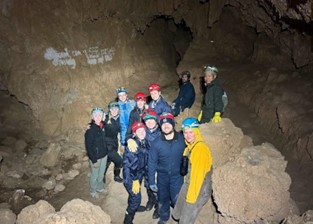
Photo 4: Caving Day! (Creds: CJ Waasdorp)
Transitioning to the snow-capped peaks of Davis, West Virginia, we confronted the physiological challenges of high altitude and extreme cold. We honed our skills in assessing and managing altitude sickness, hypothermia, and frostbite. The rugged terrain served as a backdrop for hands-on learning experiences, specifically training and simulation in crevasse rescue and avalanche scenarios. We also got a chance to learn from the local EMS directors and Ski Patrol at Timberline Mountain.
Hypothermia lab day showcased the “challenge by choice” theme of this elective, and tested our resilience as we chose to submerge ourselves in icy waters. Experiencing firsthand the effects of cold water immersion, we gained a deeper understanding of patient care in extreme conditions. Our instructors mentioned that in the past, they have had students stay in for about up to 10 minutes, but the absolute maximum cut off was 20 minutes. Knowing we (hopefully) will never repeat this experience, our group committed to the full 20 minutes. Once our time was up, our classmates and preceptors watched us awkwardly stumble out of the frigid water (one of the signs of hypothermia!) and joked about whether our mental status has become “altered” quite yet. Each of us approached re-warming differently: Reilly, with the lowest temperature drop, opted for the "hypothermia wrap," while Emma and Matt chose to dry off, eat candy, and engage in physical activity. Reilly experienced the dreaded "afterdrop," feeling colder and shivering more during rewarming, but found comfort in the support of her instructors and “dibs” on the first shower back at base camp.
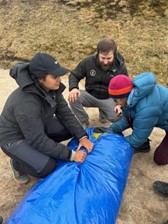
Photo 5: Our instructors checking in on Reilly bundled in her “hypothermia wrap” (Creds: Wendy Collins)
In the final leg of our journey, we ventured to Pilot Mountain to explore the intricacies of climbing medicine and technical rescue. Highlights from this module included AirCare landing a medical helicopter and crew for us, ultrasound and simulation lab at Wake Forest, survival skill practice, and wilderness toxicology. Against the backdrop of sheer cliffs and rocky outcrops, we learned climbing skills, low-angle, and high-angle rescue skills to address the unique challenges faced by outdoor enthusiasts in these environments.
Another aspect of wilderness medicine we focused on during this module was organizational, specifically using the Incident Command System. This prepared us for our final nighttime mass casualty incident scenario where all of our medical, technical, and organizational training was put to the test. Working as a team with the residents, this event had us locate, stabilize, and organize the rescue for multiple patients scattered across acres of farmland. From assessing traumatic injuries to executing complex rescue operations and making improvised litters out of tree branches and jackets, we embraced the spirit of adventure while prioritizing patient care and safety.
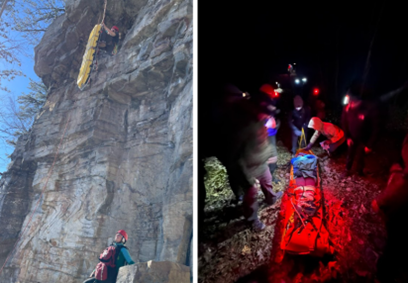
Photo 6: High Angle Rescue and our final nighttime MCI simulation (Creds: Reilly Walker)
As we reflect on our Wilderness Medicine rotation, we are filled with gratitude for the exceptional instructors. Their expertise, dedication, and unwavering support were instrumental in shaping our learning experience and instilling in us a passion for wilderness medicine. Beyond imparting clinical knowledge, they offered invaluable life lessons and mentorship, sharing insights and advice long after the sun had set on each day's activities. We not only learned the science of wilderness medicine but also forged lifelong connections and countless memories.